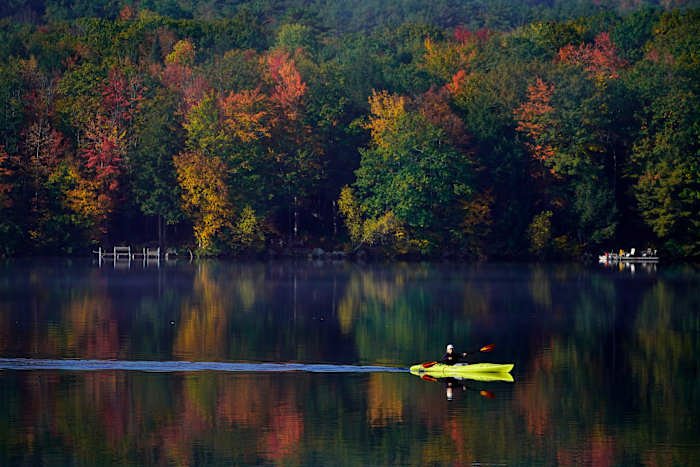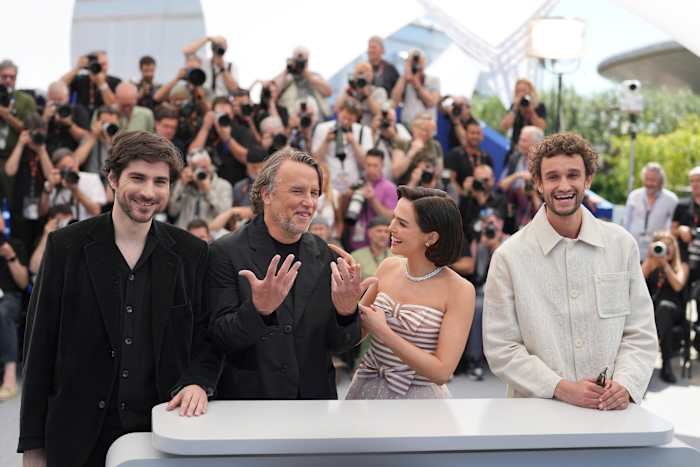Paris Haute Couture Week has always been a stage for innovation and fantasy, but this year, Dutch designer Iris Van Herpen took things to a new level. She unveiled a groundbreaking couture dress powered by living, bioluminescent algae, merging the worlds of fashion, science, and environmental activism in spectacular style. While the show happened thousands of miles from Central Florida, Van Herpen’s work sparks conversations that resonate in creative communities everywhere—including right here in Orlando.
The Visionary Behind the Dress: Iris Van Herpen
Iris Van Herpen, known for pushing the boundaries of what fashion can be, has built a reputation as a pioneer in the field of wearable art. A favorite among celebrities like Lady Gaga and Tilda Swinton, Van Herpen crafts collections that blend meticulous craftsmanship with futuristic technology. Her latest creation—a living couture dress composed of bioluminescent algae—cements her status as a designer who looks beyond fabric and thread to the frontiers of biology and technology.
Van Herpen’s approach is especially inspiring to Orlando’s growing community of artists, designers, and innovators. The city’s support for creative industries makes it a fertile ground for conversations about sustainability, technology, and the future of fashion. Van Herpen’s work encourages local designers to experiment and dream big, highlighting the importance of cross-disciplinary collaboration.
How the ‘Living’ Dress Works: Science in Fashion
The centerpiece of Van Herpen’s Paris show was a gown embedded with live, glowing algae—specifically, bioluminescent microalgae known as Pyrocystis fusiformis. The dress glimmers with a natural, otherworldly light as the algae react to movement and touch, creating an interactive spectacle that blurs the line between living organism and wearable garment.
To keep the algae alive, the dress incorporates small, transparent tubes and a water circulation system, essentially turning the gown into a mobile habitat. This feat required collaboration with biologists and engineers, demonstrating how fashion can serve as a platform for scientific exploration. For Orlando’s STEM and arts communities, Van Herpen’s work is a call to reimagine what’s possible when science and creativity join forces.
Environmental Advocacy: A Message That Resonates in Orlando
Beyond its visual impact, Van Herpen’s algae dress carries a powerful message about sustainability and our relationship with the natural world. The designer has long advocated for eco-friendly practices in fashion—a message that feels especially urgent given Florida’s own environmental challenges, from algae blooms in local waterways to the impacts of climate change on our coasts.
Orlando residents are no strangers to the importance of environmental stewardship. As the city invests in green spaces, clean energy, and educational initiatives, Van Herpen’s work serves as both inspiration and a reminder: innovation and environmental responsibility can—and should—go hand in hand. The use of living algae in couture spotlights the potential for science and design to address ecological issues creatively and effectively.
Global Trends and Local Inspiration
Van Herpen’s bioluminescent dress is more than a Parisian spectacle—it’s a sign of evolving global trends that are influencing designers, technologists, and environmentalists everywhere. In Orlando, where the creative sector is booming, local artists and makers are increasingly exploring sustainable materials and technology-driven art forms. The city’s fashion schools, art galleries, and tech incubators provide fertile ground for the next generation of innovators inspired by Van Herpen’s example.
Events like immersive art showcases and Orlando Science Center’s “FusionFest” encourage cross-disciplinary projects that merge science, art, and culture. Van Herpen’s work shines a spotlight on the value of such collaborations and pushes local creatives to think beyond the conventional, embracing the possibilities that arise at the intersection of art and science.
Fashion’s Future: What Comes Next?
The unveiling of a living, bioluminescent dress in Paris is more than a momentary headline—it’s a glimpse into the future of fashion. As technology becomes increasingly embedded in the way we dress, designers will continue to experiment with materials, forms, and interactive elements. For Orlando’s creative community, keeping pace with these trends means investing in education, fostering partnerships between artists and scientists, and supporting platforms where innovative ideas can take root.
Van Herpen’s algae dress challenges us to ask: What if our clothes could interact with the environment, heal the planet, or even generate energy? These questions aren’t just for the runways of Paris—they’re for makers, thinkers, and dreamers in every city, including our own.
Conclusion: Join the Conversation
Iris Van Herpen’s bioluminescent algae dress is a dazzling example of how fashion, science, and sustainability can merge to create something truly extraordinary. Her work invites us all—designers, scientists, environmentalists, and everyday citizens—to imagine new possibilities for our relationship with nature and technology.
What do you think about this living couture creation? How do you see Orlando’s own creative community pushing the boundaries of art, science, and environmental responsibility? Share your thoughts in the comments below!
















